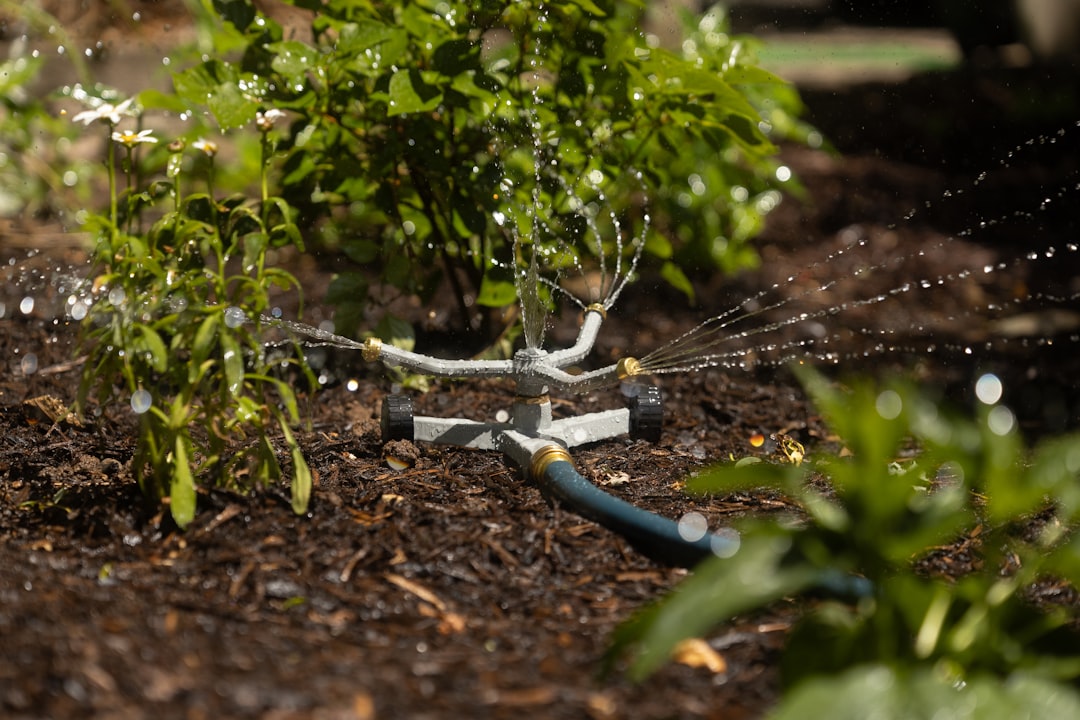Water is one of the most vital resources in agriculture, yet it is often mismanaged, leading to waste and inefficiency. With global water scarcity becoming a pressing issue, efficient irrigation techniques have become a critical part of sustainable agricultural practices. Among these techniques, drip irrigation and micro-sprinklers have gained widespread recognition for their ability to optimize water use while enhancing crop yield.
In this blog post, we’ll explore how these two systems work, their benefits, and how they’re being applied globally to revolutionize agriculture.
Drip Irrigation: Precision Water Delivery
Drip irrigation is one of the most efficient methods of delivering water to crops. It involves a network of pipes, tubing, and emitters that deliver water directly to the root zone of plants in controlled amounts.
How It Works
-
A main water source (such as a tank or reservoir) is connected to a network of drip lines.
-
Emitters or drippers placed along the lines release water in small, steady quantities.
-
The system can be customized to match the specific water requirements of different crops.
Benefits of Drip Irrigation
-
Water Efficiency:
-
Reduces evaporation and runoff by delivering water directly to the roots.
-
Saves up to 50% more water compared to traditional methods like flood irrigation.
-
-
Better Plant Health:
-
Avoids waterlogging and ensures even moisture distribution, promoting healthy root growth.
-
-
Weed Control:
-
Targets only the root zones of plants, reducing water availability for weeds.
-
-
Ease of Automation:
-
Can be easily integrated with timers and soil moisture sensors for precise irrigation schedules.
-
Global Applications of Drip Irrigation
-
Israel:
-
As a pioneer of drip irrigation, Israel uses this technique extensively to maximize crop production in arid regions.
-
Crops like tomatoes, melons, and citrus fruits thrive under this system.
-
-
India:
-
Drip irrigation is widely used for water-intensive crops like sugarcane and bananas.
-
The Indian government provides subsidies to farmers adopting this method.
-
-
United States:
-
In California’s drought-prone areas, drip irrigation is essential for growing almonds, grapes, and berries.
-
Micro-Sprinklers: Gentle and Uniform Coverage
Micro-sprinklers are another innovative irrigation method, offering a balance between precision and coverage. These systems disperse water as fine droplets over a wider area compared to drip emitters.
How They Work
-
A network of pipes distributes water to micro-sprinklers, which are strategically placed around plants.
-
The sprinklers create a gentle spray, mimicking light rain.
Benefits of Micro-Sprinklers
-
Uniform Coverage:
-
Ideal for crops with shallow root systems that require even moisture.
-
-
Cooling and Humidification:
-
Helps lower the temperature around plants and increases humidity, particularly beneficial for sensitive crops like fruits and vegetables.
-
-
Versatility:
-
Suitable for orchards, vineyards, and nurseries, as well as landscape irrigation.
-
-
Low Water Pressure Requirements:
-
Operates efficiently even in areas with limited water pressure.
-
Global Applications of Micro-Sprinklers
-
South Africa:
-
Widely used in vineyards to provide consistent moisture and maintain high-quality grape production.
-
-
Australia:
-
Micro-sprinklers are popular for irrigating orchards, particularly citrus and apple trees, in water-scarce regions.
-
-
Spain:
-
Essential in olive and almond plantations to balance water efficiency and coverage.
-
Drip Irrigation vs. Micro-Sprinklers: Choosing the Right System
While both techniques improve water efficiency, the choice between drip irrigation and micro-sprinklers depends on several factors:
Factor Drip Irrigation Micro-Sprinklers Crop Type Ideal for row crops and trees Best for orchards and shallow-rooted crops Water Pressure Requires low water pressure Functions well with low to moderate pressure Water Coverage Targets root zones Provides broader coverage Climate Suitable for dry and arid regions Useful in regions needing cooling and humidificationChallenges and Solutions in Adoption
Challenges:
-
Initial Investment Costs:
-
Both systems require significant setup costs, which can be a barrier for small-scale farmers.
-
-
Maintenance Needs:
-
Drip emitters and sprinklers can clog due to sediment or debris in the water.
-
Solutions:
-
Government Subsidies:
-
Many governments provide financial assistance to encourage farmers to adopt efficient irrigation systems.
-
-
Regular Maintenance:
-
Simple practices like using filters and flushing the system can prevent clogging.
-
Future Trends in Efficient Irrigation
-
Smart Irrigation Systems:
-
Integration of AI and IoT (Internet of Things) allows farmers to monitor and control irrigation remotely.
-
-
Solar-Powered Irrigation:
-
Solar energy is being harnessed to power pumps, making irrigation systems more sustainable.
-
-
Recycled Water Usage:
-
Reusing treated wastewater for irrigation reduces dependence on freshwater sources.
-
Conclusion
Efficient irrigation techniques like drip irrigation and micro-sprinklers are transforming agriculture worldwide by reducing water waste and improving crop productivity. By adopting these systems, farmers can not only conserve water but also ensure food security in the face of growing environmental challenges.
Call to Action:
Are you using drip irrigation or micro-sprinklers on your farm or garden? Share your experience in the comments, or let us know if you’re planning to make the switch! Together, we can work towards a more sustainable future.

Comments
No comments yet. Be the first to comment!
You must be logged in to comment. Login